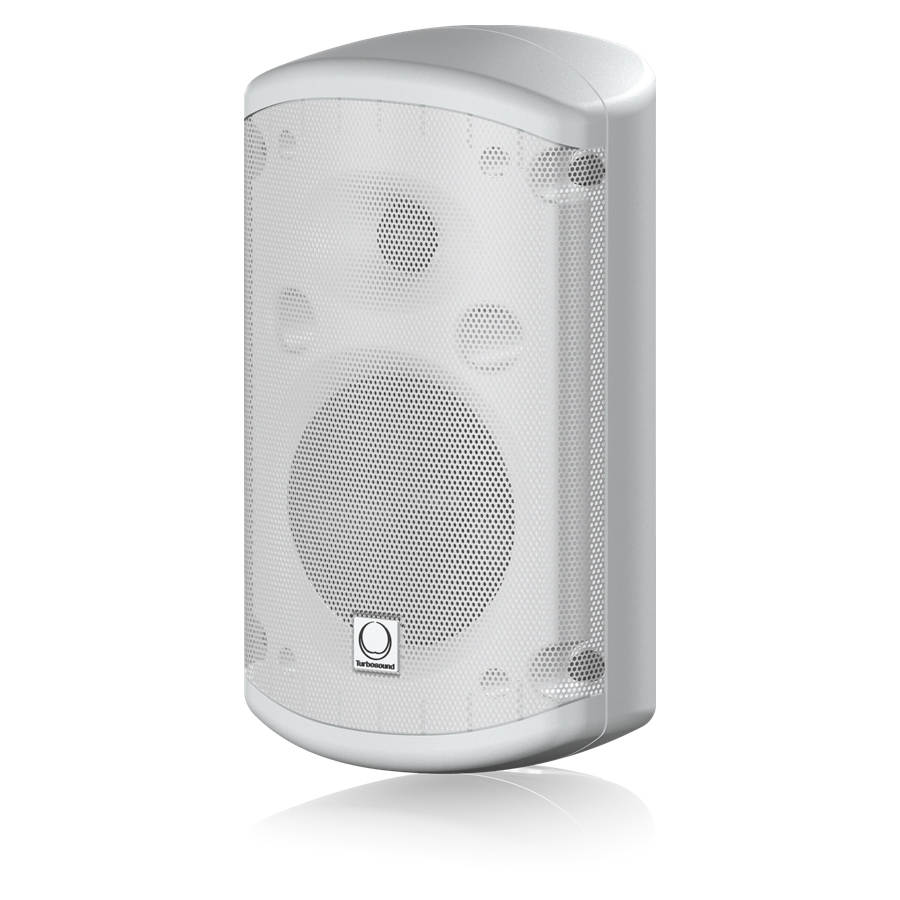Modal title
premium 300-watt bi-amplified nearfield studio reference monitor with proprietary 6 5 dual concentric point source technology
GOLD 7
Whatsapp for enquiry
Premium 300-Watt Bi-Amplified Nearfield Studio Reference Monitor with Proprietary 6.5" Dual Concentric Point Source Technology
GOLD 7
Whatsapp for enquiryGOLD 7
Whether you’re recording, editing, mixing, or mastering audio, a truly great studio reference monitor design needs to provide the most accurate, uncolored representation of your music as possible. Tannoy Gold nearfield reference monitors have been created to serve the demanding needs of professionals in recording, broadcast and post-production environments. Engineered to the highest standards and build quality, The GOLD 7 will impress you whether you’re a seasoned Tannoy user or just taking your first step up to a monitor system based on the legendary Dual Concentric™ driver.
Unrivaled Performance
Times may have changed, but our engineering values and commitment to perfection have not. Everything we do today is judged against our considerable achievements of the past as we continue to advance the art and science of building the world’s premier reference monitors. Constant refinement of our famed Dual Concentric™ driver, advanced Klippel™ analysis and a host of other technologies ensure that with every new product comes another historic chapter. Thanks to the integrated design, the speakers and the amplifiers are designed as one. Breathtaking yesterday; equally breathtaking today...
Obsessive About Precision
Clearly, to build the best studio monitors you must start with the very best drivers. At Tannoy our reputation for excellence is built on the quality and performance of the speaker systems we build, and that is why we continue to design and manufacture our own drivers. Tannoy has long held to a philosophical stand on crossover points, understanding the anomalous effects of any crossover network with respect to phase. Our monitor designs have consequently always strived to minimise the number of crossover points that fall inside the critical response band. Reducing the number of crossover points reduces potential phase errors and creates a more natural and accurate device.






















